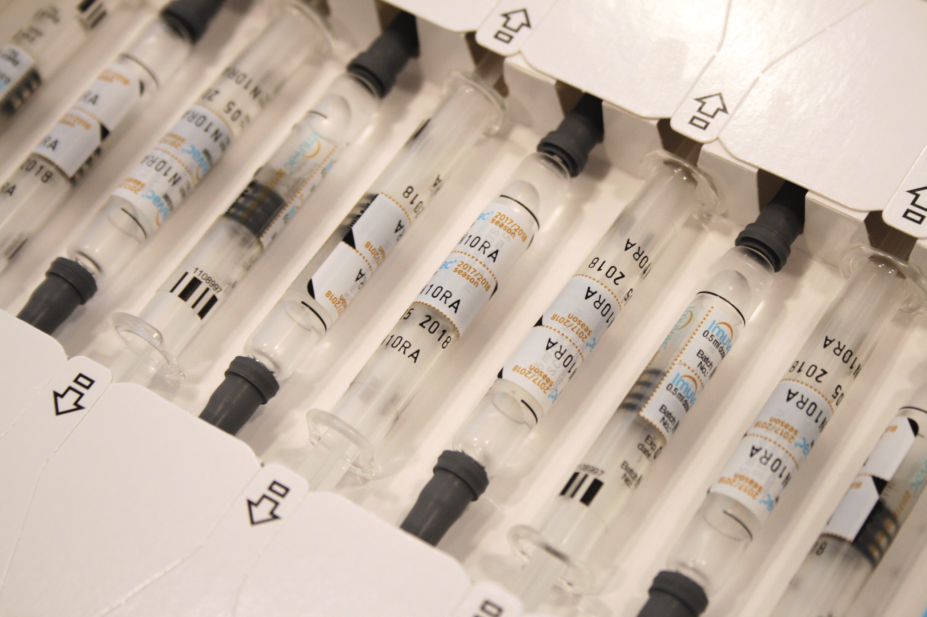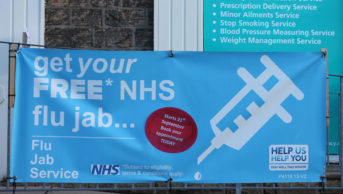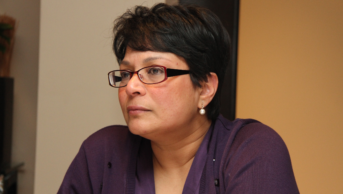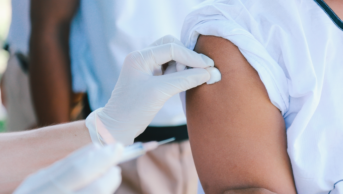
MAG / The Pharmaceutical Journal
Recent reports that GPs have resorted to underhand tactics to try to encourage patients not to go to a pharmacist for their annual flu vaccination are disturbing, but perhaps not all that surprising.
Some of the stories, reported in the pharmaceutical and medical press, that have emerged include one of a GP practice in the Midlands sending its patients a text telling them that vaccines offered by community pharmacists were ‘less safe’ than those offered at local surgeries.
Another reported that a GP practice, also in the Midlands, had allegedly turned off its electronic prescription service (EPS) so patients were forced to pick up their prescriptions in person from the surgery where they were then offered the vaccine.
The stories prompted the head of primary care, Di Pegg, and the head of pharmacy, Bhavisha Pattani, at NHS England, Central and East, to issue a stern letter on 18 October warning of serious repercussions should representatives from either profession be found to be undermining the service offered by the other, either verbally or online.
The letter concluded that GPs and pharmacists were expected “to maintain professional integrity at all times and to practise in accordance with the code of ethics as set out by each profession’s regulator.”
There has been considerable unrest since it was announced that, as part of the 2015–2016 community pharmacy funding settlement, the NHS had agreed to allow community pharmacies in England to offer the seasonal influenza vaccination service for patients in at-risk groups as an Advanced Service, saying it would run alongside the GP provision.
The service was re-commissioned in 2016–2017 and 2017–2018, but the British Medical Association has persistently argued that there is no conclusive evidence to demonstrate that the winter flu vaccination service has led to a significant increase in overall uptake. A study published on BMJ Open in June 2016 supports this hypothesis, but an NHS England survey conducted on the 2016–2017 flu vaccination programme found that 99% of those who received a flu jab from a pharmacist were “very satisfied”, with 15% saying they might not have had the vaccination had it not been available at a pharmacy.
GPs have highlighted that the service has caused them complications because, in addition to the loss of the £7.64 per vaccination, practices lose money if they have to return unused stock and, if pharmacists fail to tell practices which patients they have vaccinated, they could not claim payments under the Quality and Outcomes Framework (QOF) incentive scheme for vaccinating a proportion of certain categories of patients.
Both GPs and pharmacists have fallen victim to significant cuts to their budgets in recent times. GPs in particular are feeling the strain of rising demand for their services and unsustainable workloads, but, at the same time, they also want to hold on to any extra cash they can get their hands on. Perhaps this explains some of the recent behaviours.
An amicable solution must be found. Community pharmacists currently have the skills and the capacity to take on extra work and relieve some of the pressures GPs are facing. The most important issue in all of this is that patient outcomes and high immunisation uptake rates are key to preventing the spread of infectious disease, complications and possible early death among individuals.
It is now time to stop the in-fighting and communicate to find new ways of working together in the best interests of the patient, whereby both professions can benefit financially. This is essential in order to build a sustainable future in which both pharmacists, GPs and, most importantly patients, can flourish.


